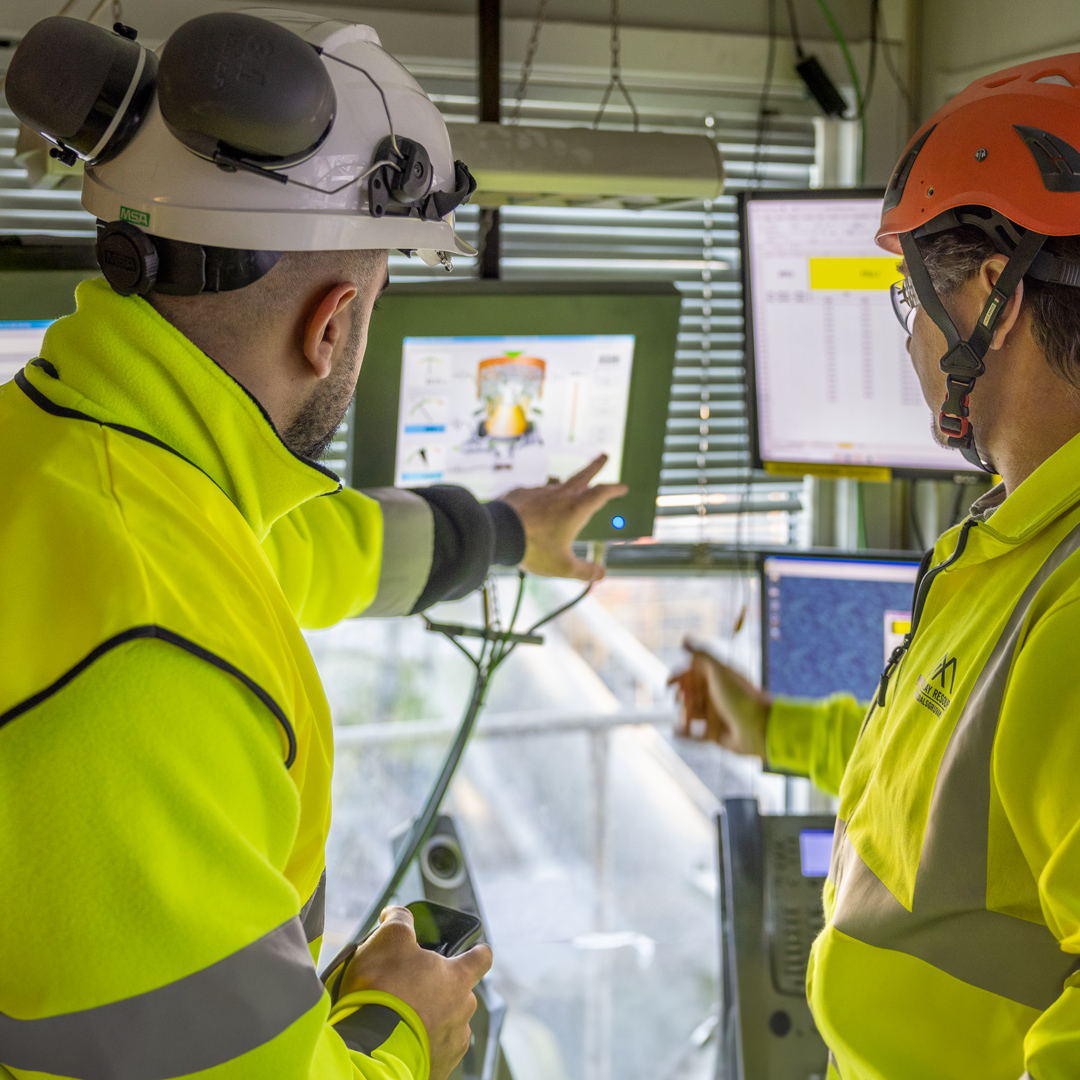Crushing the energy curve: Rethinking comminution for an eco-efficient future

In mining, the journey from solid rock to valuable mineral is energy intensive. Few processes illustrate this more than comminution: the crushing and grinding of ore.
Today, mining consumes about 6% of the world’s total generated energy. Of that, comminution accounts for roughly 2.5% – with grinding accounting for the lion’s share. For mining companies balancing profitability with sustainability targets, this imbalance is hard to ignore. “Grinding is often the silent energy sink in mineral processing,” says Marcus Johansson, Global Application Development Manager business area Rock Processing at Sandvik. “It delivers results, but at a very high energy cost. If we want to build truly eco-efficient operations, we need to rethink where and how the energy is spent.”
Why crushing matters more than you think
The distinction between crushing and grinding goes beyond scale. Crushing relies on deterministic breakage – the controlled fracturing of rock in a predictable manner. Grinding, by contrast, is probabilistic: particles and grinding media are lifted and tumbled inside the mill, colliding until they eventually break through repeated impacts and abrasion. This process requires vastly more energy per unit of size reduction.
 This asymmetry points to an opportunity. By shifting breakage earlier in the flowsheet, and putting more responsibility on crushing, operators can reduce the load on grinding circuits downstream. That translates into lower overall energy consumption, less wear, and reduced CO₂ emissions.
This asymmetry points to an opportunity. By shifting breakage earlier in the flowsheet, and putting more responsibility on crushing, operators can reduce the load on grinding circuits downstream. That translates into lower overall energy consumption, less wear, and reduced CO₂ emissions.
“The physics are clear,” Marcus explains. “Every millimeter achieved in crushing is a millimeter less to grind – and grinding is far more energy-intensive. Shifting more of the work to crushing can have a decisive impact on efficiency and output.”
A new flowsheet for eco-efficiency
Sandvik’s approach to eco-efficient comminution and classification focuses on designing flowsheets that minimize grinding dependency. This is not about replacing grinding altogether, but about optimizing the balance to achieve the same, or better, liberation at a lower total energy cost.
At its core, the approach involves:
- Efficient crushers – achieving a finer, stable product at high throughput through the right chamber selection, CSS control, and proper feed conditions.
- Efficient screens – delivering a sharp separation and consistent classification by using the right screening media and minimizing carry over.
- Correct process design & control – a circuit configured to optimize recirculating load and ensuring only material of the correct size enters the mill, using real-time control to keep performance steady.
It’s a holistic way of looking at mineral processing, where the aim is not only to maximize throughput, but to ensure energy is directed to producing valuable product – not lost as waste.
 Sandvik crushers in operation at Björkdalsgruvan, Sweden
Sandvik crushers in operation at Björkdalsgruvan, Sweden
The sustainability payoff
Energy efficiency in comminution is not just a technical challenge – it’s central to the decarbonization journey in mining. Grinding mills are among the largest single energy consumers in most operations, often powered by fossil-based grids. By cutting grinding hours, operators cut their scope 1 and scope 2 emissions in one stroke.
According to Sandvik’s analyses, flowsheet adjustments that rebalance crushing and grinding can result in energy savings of 10–20%, depending on ore type and circuit design. The CO₂ impact scales directly with those reductions.
“Mining companies today are under pressure from investors, regulators, and society to demonstrate measurable sustainability gains,” Marcus says. “Eco-efficient comminution gives them a practical way to act – without waiting for future technologies or unproven processes. The tools exist today, and the impact can be immediate.”
Beyond energy: productivity and cost
Eco-efficiency is not only about reducing energy. By shifting more of the size reduction to efficient crushing, there is also potential to reduce wear media use, limit unplanned stoppages, and lower operating costs. These benefits will vary by site, but the logic is clear: less grinding means less waste – of both energy and consumables.
While the theoretical arguments are strong, the concept is not confined to the lab. Sandvik has worked with mines worldwide to pilot flowsheet designs that put these principles into action. In each case, results have shown the same pattern: less reliance on grinding, more reliance on efficient crushing, and a measurable reduction in energy per tonne of product.
“Collaboration is key,” Marcus emphasizes. “Every site is unique. We don’t come in with a cookie-cutter solution but work alongside the customer’s metallurgists to model, test, and refine the circuit so that eco-efficiency is achieved without compromising process performance.”
Looking forward: the bigger picture
As the mining industry looks to 2030 and beyond, efficiency gains like these will be vital. Global demand for critical minerals is rising sharply, yet society’s tolerance for waste and emissions is shrinking. Operators will need to deliver more with less: less energy, less carbon, less environmental impact.
 In this context, rethinking comminution is more than a technical tweak. It’s a mindset shift: designing flowsheets not just for maximum throughput, but for maximum value creation across energy, cost, and sustainability.
In this context, rethinking comminution is more than a technical tweak. It’s a mindset shift: designing flowsheets not just for maximum throughput, but for maximum value creation across energy, cost, and sustainability.
“At Sandvik, we see eco-efficient rock processing as a cornerstone of the future,” Marcus concludes. “By bringing science, technology, and experience together, we can help customers turn what has traditionally been a cost center into a source of competitive advantage.”
